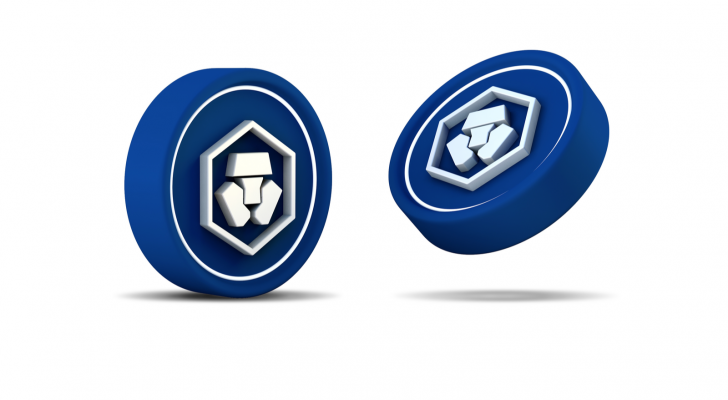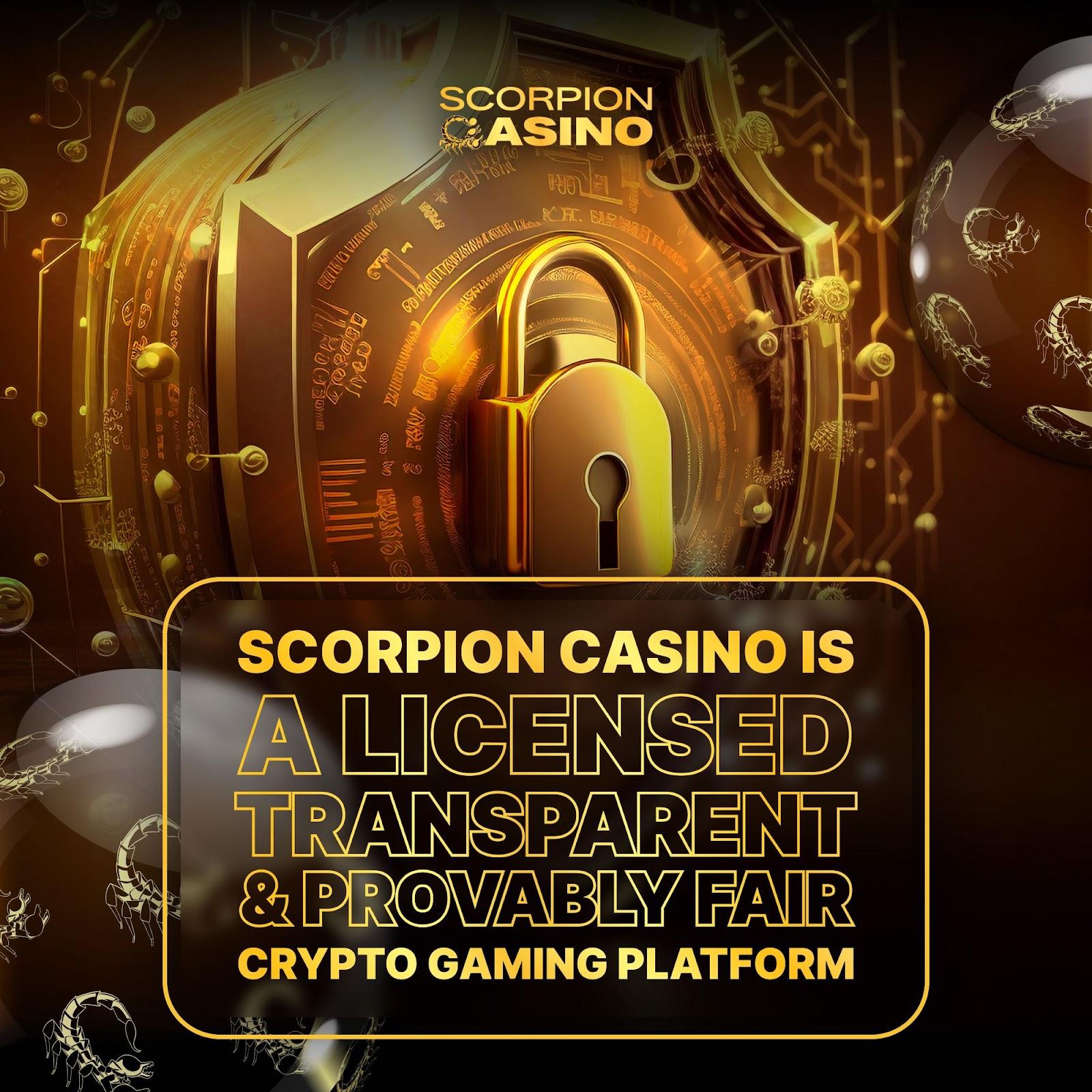What is Bitcoin? You don’t know it and you can’t explain it!


Bitcoin is digital gold.
Bitcoin is an inflation hedge.
Bitcoin is money.
Bitcoin is a technology.
Bitcoin is software.
Bitcoin is hope.
Bitcoin is an electrical system.
Bitcoin is a heating system.
The reality is that they are all wrong in that they are only partial explanations of what Satoshi Nakamoto started. The second word, “is,” is the problem. Even though Bitcoin is everything, if you only talk about one of them, your understanding of it is limited. The only correct answer: Bitcoin is Bitcoin. We need to realize all the properties that Bitcoin has and explain it for itself without limiting it. Because anyone who says Bitcoin is an inflation hedge has already experienced it when it wasn’t. Those who claim it is digital gold are plagued by claims that it lacks metallicity. Anyone who says it’s money is missing the whole PoW aspect of harvesting electricity and heating energy in the real world, etc.
Every invention or discovery of mankind was unknown at the time of discovery. If it is unknown, how can you describe it in one word or sentence?
Until humanity as a whole had a word for it, language was limited and language had to evolve around reality to adequately describe it. We’re currently trying to come up with a word for what Bitcoin is, and at some point we all fail. To be clear, the explanation fails. The reality of Bitcoin continues to be that way.
Even the actual Bitcoin Maxis, who understand it at a deep level, are still struggling to penetrate the collective consciousness as they try to explain the unknown and current human language, which is not sufficiently evolved. Not only has it not evolved, but it is a different language to outsiders, even if new terms are incorporated.
Bitcoin’s monetary policy is governed by difficulty adjustments, halving schedules, and consensus mechanisms.
This sentence is correct, but I don’t understand it. You cannot teach a new language by explaining it in the new language. We have to associate every word one by one with a language the person already knows. To make matters worse, what happens when you try to explain something without the language around it? The only solution is to observe and experience the new thing and all its properties. That way, new words will come out because the current words are not enough.
We are not helping people by teaching them the philosophy of Bitcoin. It’s for bookworms and Bitcoin worshipers like me. They have time to do it and they like to learn this way. For everyone else, it’s a very unnatural way to learn. How can children learn the language their parents speak at a young age, before they can speak, read, and understand it? Are they stupid and toxic and should Maxis tell them to “stay poor and have fun”? I don’t think so. They learn by experiencing everything through their senses. This is much more information learned than just speaking or reading. If they enjoy the experience, they keep doing it! If you feel pain or discomfort, stop doing it!
The beauty of Bitcoin is that there is pain for those who don’t use it, and there is considerable joy in optimizing your life with all the experiences that Bitcoin can bring. The focus of Breez and our entire team is to build the technology to deliver just that experience. We will teach through experience, not future promises.
Talk is cheap, as they say, and orange peeling is a way to target a very small portion of the population. Anyone can have an experience, and it is something you experience now. They don’t have to wait for the Number Go Up experience in the future. They are experiencing its usefulness now. If you want to keep them, give them experience. This accomplishes the task in a way where issues of language and description are irrelevant. You are creating a deeper understanding of everyone going through the experience, and once you solve the problem, they will not turn back. There is a real-life example I am talking about.
Dale Carnegie observed reality and figured out what no one else could. He figured out how to use the hardest metals in a way no one had done before. He realized that this would transform the construction industry and bring about entirely new possibilities that would not have been possible without it. Carnegie set out to harvest the power of steel. It’s up to you, the reader, to see how many metaphors you can recognize for the evolution of Bitcoin and how we approach everything.
Once he figured it out, he decided to create his first big application: a steel bridge across the Mississippi River. The river was so wide that no other material could withstand the flow of water and the load that was expected to be placed upon it. There are no materials other than steel. Carnegie worked hard to convince everyone to build this bridge because the enormous cost of harvesting the steel outweighed any other structure. Moreover, it was not known to evaluate its benefits, and construction took much longer than expected. Everyone was only looking at the cost and didn’t want to deal with an unknown future. Only a few, like Dale, saw the benefits and thought it was worth it.
He somehow completed the construction, but few people knew or recognized this new reality. Everyone else tried to apply the beliefs of wood, stone, and iron structures to steel. Because of that, no one wanted to set foot on the bridge. It didn’t matter how Dale tried to teach people that this was a new thing with new properties (dare I say “steel medicine”). People lived in an old reality, and their minds created stories to justify why the steel bridge was a fiction. In some ways that was true. It was a fiction because it existed only in the minds of everyone who did not experience it (walk on it).
How do we get someone to experience a new reality that they believe is a fiction? How do you explain (through the fiction of language) the absence of language around you? We all have a biological defense that strives to survive, and new things trigger that instinct. Things we all know can be categorized as safe and dangerous. Because the unknowns that we cannot evaluate have enormous costs if they are dangerous. If it’s safe, the benefits are small. In this case, if the bridge is in bad condition, the person walking on it may die if it collapses. Being stable will save you time traveling to the other side of the river. This is an unbalanced risk-reward ratio and a very reasonable fear.
So, to get people to experience this new reality (even though it was right in front of them), Dale Carnegie had to become a marketer and create a fictional story that could shatter their fictional belief in the reality of steel. They found that people believed that elephants do not walk on unstable structures, a fairly popular belief among the population. So they used that fictional belief to destroy other fictional beliefs. They hired an elephant and invited everyone to see what the elephant thought was that the structure was stable. When the elephant walked on the bridge and people saw it with their own eyes, their reality changed and the fiction they had told themselves about the bridge was shattered. Although the reality before and after the elephant walk did not change, we were able to persuade people by demonstrating this new reality through events that people saw and experienced firsthand. Carnegie didn’t need to explain anything further. The experiences they implanted in people’s hearts were much stronger and deeper than words could.
When Dale was building the bridge, and afterwards, if he wanted people to use it, explaining all the properties of the bridge put him on the defensive. He had to explain why he was right. Even if he explained why, no one would believe him because he was saying that everyone else was wrong. When they built the bridge and allowed people to experience it, it put everyone who didn’t use it on the defensive. Now the dynamic has changed and they have to explain why they don’t walk on it. Why do we have to travel around the river or use boats to move goods from one side to the other instead of simply using bridges?
This is how Bitcoin expands into human consciousness. Not by telling the world about things they don’t believe in, but by shattering their old beliefs by building and strategically marketing applications that are useful to them. If you’re an orange lover, you know it’s an uphill battle and one that puts you on the defensive.
Let’s start building it and demonstrating it to people and see why they’re on the defensive and not using Bitcoin. Stop defending Bitcoin and start attacking the problems people face by leveraging the Bitcoin system for solutions. Don’t think you know Bitcoin, just experience everything it can do. Don’t limit yourself to what it is because you’re limiting yourself, not Bitcoin.
Goddamn GO!
This is a guest post by Ivan Makedonski. The opinions expressed are solely personal and do not necessarily reflect the opinions of BTC Inc or Bitcoin Magazine.


